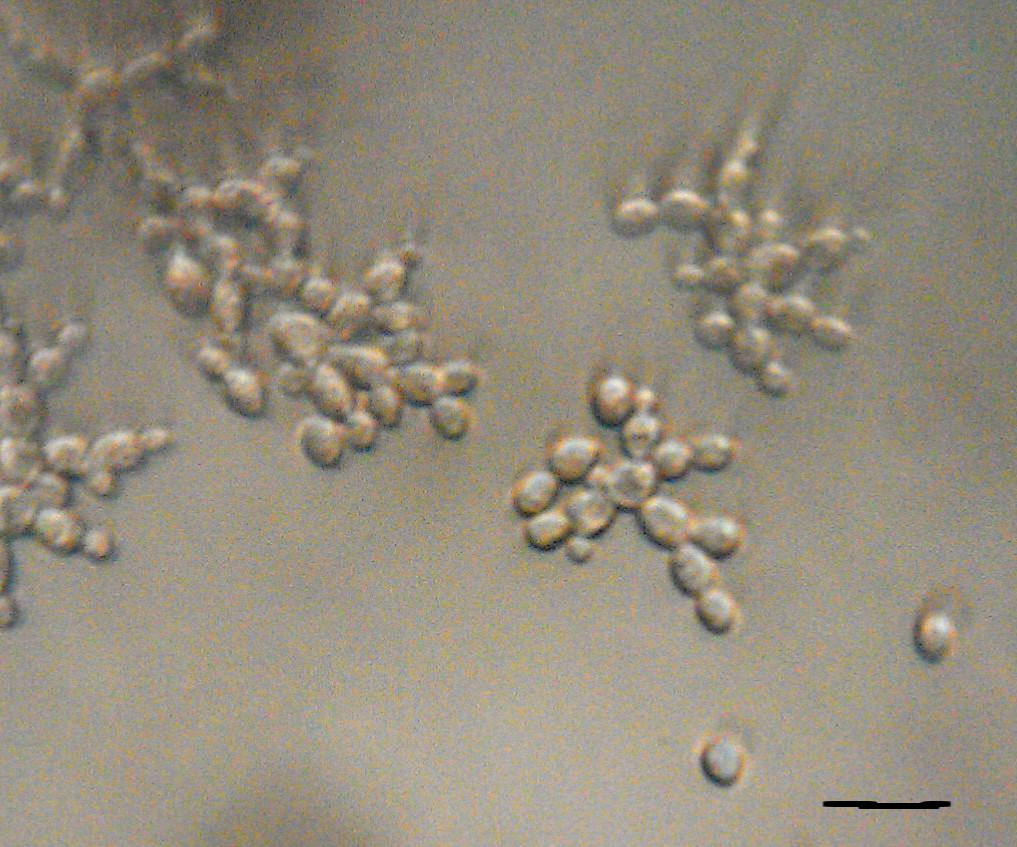
Module 3: Biomolecules
By employing techniques from statistical mechanics and nonlinear dynamics, we are able to study the underlying mechanisms of how biomolecules move and interact to perform cellular processes. Processes such as transcription, diffusion, and other molecular interactions are explored by studying energy landscapes of given molecules as well as running molecular dynamics (MD) simulations of biomolecules in specific landscapes.
Details
Module 5: Cells, Tissues, and Organs
Cells accumulate to form groups of moving parts whose dynamics are distinct from single cell behavior and, depending on the level of organization, different methods must be used. This process, known as emergence, can be seen in the ability of individual cells, such as cardiac cells, to work collectively as tissues. Cellular processes like phagocytosis also provide an example of how individual cells can work together towards a common goal.
Details
Module 6: Neuro and Biomechanics
Organisms use feedback and control systems to dynamically interact with their environment and by investigating these biological systems we can learn more about animal physiology, locomotion, and neuromechanics.
Details


